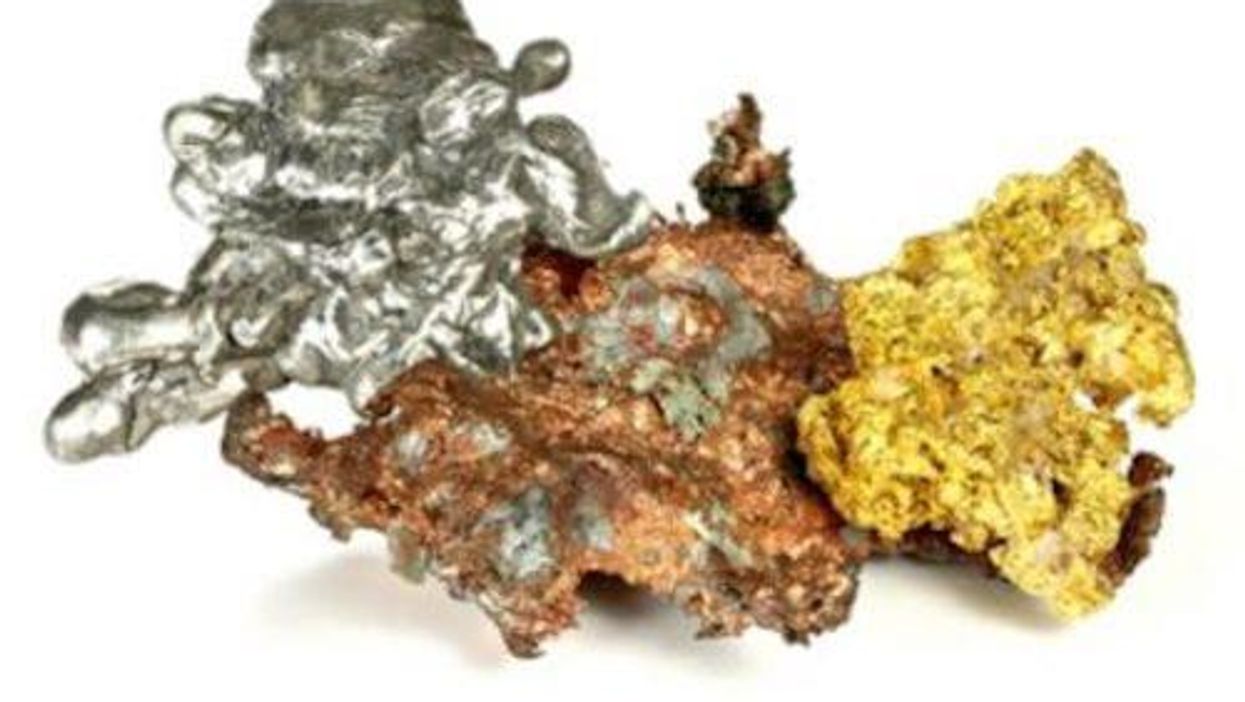The ascent follows three weeks of losses that left the yellow metal sitting just above US$1,700.
The price of gold was on the up this week reaching a monthly high of US$1,754 per ounce. The ascent follows three weeks of losses that left the yellow metal sitting just above US$1,700.
The US Fed reaffirmation that it will not move the target interest rate aided the growth and benefited the rest of the precious metals suite.
A small decline in the US dollar and treasury yields also provided tailwinds to the sector.
With the Fed signalling a continued dovish stance on Thursday (March 18) gold began to creep higher from the US$1,722 range. Friday (March 19) saw the US central bank announce it would not extend last year’s alteration to the supplementary leverage ratio.
The change, which took effect in April 2020 to counter the pandemic effect, allowed banks to reduce the amount of capital they must hold against treasuries and deposits.
The move has birthed speculation banks would have less desire for treasuries, ultimately helping gold. Stimulus and economic growth are other factors that are expected to push the yellow metal higher.
According to Ian Ball, president and CEO of Abitibi Royalties (TSXV:RZZ,OTC-Nasdaq Intl:ATBYF), gold should be significantly higher.
“If you look at the US deficit that they’ve been running, if you look at the money supply that’s been created versus the amount of new gold that’s been produced over the past year, you can make a strong argument that gold should be trading somewhere between US$1,900 and US$2,400 an ounce,” Ball told the Investing News Network.
Listen to Ball run through the current gold market and what trends investors should look for.
At 11:03 a.m. EDT gold was priced at US$1,735.69.
Silver also ended two weeks of declines, edging as high as US$26.60 per ounce on Wednesday (March 17). Prices slipped just below US$26 an ounce a day later.
The Fed’s tone has benefited the white metal in pre-trading hours Friday, allowing silver to climb to US$26.20.
Silver was valued at US$26.17 at 11:08 a.m. EDT.
Volatility rocked the platinum space this session, with values shedding 3.7 percent by Friday. Prices sunk to early February levels, well below the US$1,200 per ounce where it had hovered for most of the month.
As platinum was sent lower, palladium rallied from US$2,292 per ounce Monday (March 15), to US$2,644. The 15 percent jump is attributed to supply challenges stemming from the flooding of two mines operated by Nornickel (MCX:GMKN). The Russian mining major is a top producer of copper and nickel as well as a leader in palladium output.
Platinum was selling for US$1,179 and palladium was moving for US$2,539 as of 11:26 a.m. EDT.
The base metals sunk lower this week, despite Nornickel challenges aiding palladium’s price surge, the same could not be said for nickel and copper.
Starting the period at US$9,147.50 per tonne, copper dropped below US$9,000 mid-week. Earlier in the month the red metal was trading for US$9,614.
By the end of the week prices had edged north of US$9,000.
Nickel faced similar headwinds, which forced prices from US$16,167 per tonne on Monday to US$15,988. Like copper, nickel has faced a deep descent after reaching US$19,689 at the end of February.
A rally could be ahead for the metals, as Nornickel has announced it will not meet its 2021 guidance.
“According to the company’s current base case estimates, metal production volumes are expected to fall short of the 2021 production guidance as follows: nickel — by approximately 35,000 tonnes, copper — by 65,000 tonnes and platinum groups metals — by 22 tonnes (approximately 710koz),” reads the press release.
Copper ended the week at US$9,090, and nickel was priced at US$15,999.
Zinc prices made a small decline, falling from US$2,815 per tonne to US$2,801 by week’s end. Lead followed a similar trajectory dropping from US$1,936 per tonne Monday, to US$1,896, a 2 percent decline by Friday.
Don’t forget to follow us @INN_Resource for real-time updates!
Securities Disclosure: I, Georgia Williams, hold no direct investment interest in any company mentioned in this article.
Editorial Disclosure: The Investing News Network does not guarantee the accuracy or thoroughness of the information reported in the interviews it conducts. The opinions expressed in these interviews do not reflect the opinions of the Investing News Network and do not constitute investment advice.
